One day, you suddenly wake up to see vehicles moving on their own, drones transporting people between buildings, and streets becoming calmer, cleaner, and safer. This isn’t a science fiction movie—it’s the future of transportation: a change that has already begun, reshaping the way we live, work, and get around.
Every technological advance brings us closer to a future of smart, people-focused mobility. From electric vehicles and AI to clean energy and connected cities, we’re redefining how we move—not as something that costs us time or harms the planet, but as a way to enhance our lives and our freedom.
The future of mobility is already underway. Are you ready to join the change?
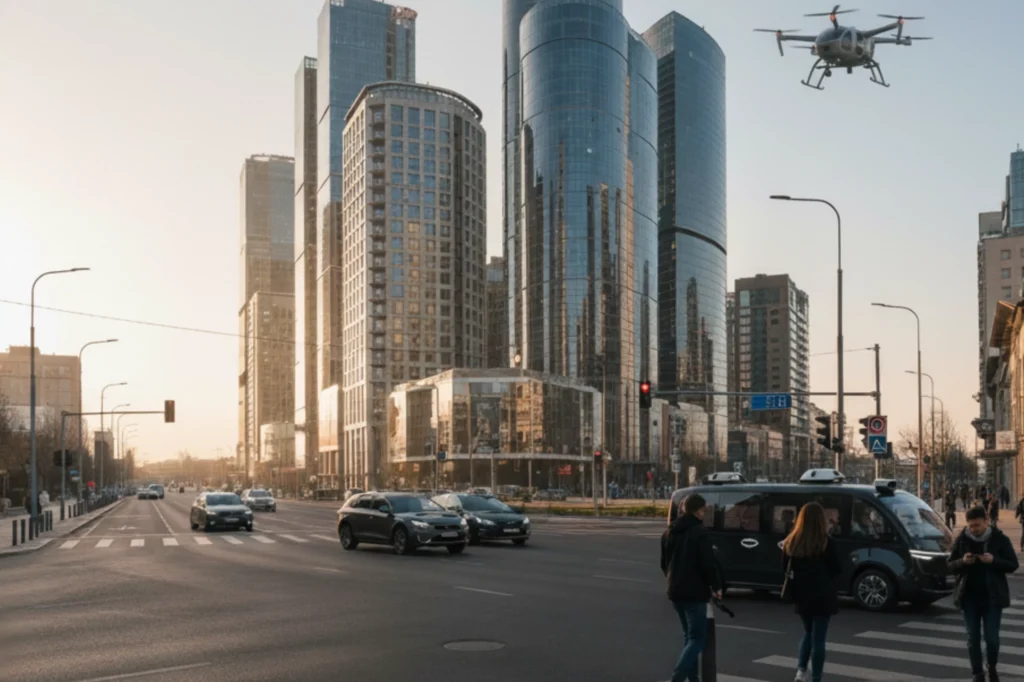
Smart Technology That Connects, Learns, and Predicts
The future of mobility is driven by artificial intelligence and data connectivity — two forces transforming the way people and vehicles communicate. Transportation systems are beginning to learn from their surroundings, adjusting routes in real time, anticipating failures, and enhancing every journey with precision.
This evolution boosts efficiency while reshaping how people, machines, and cities interact. Connected fleets monitor energy use, traffic, and emissions to minimize environmental impact and support safer, greener choices. In this scenario, data powers mobility that is intelligent, preventive, and closely aligned with human needs.
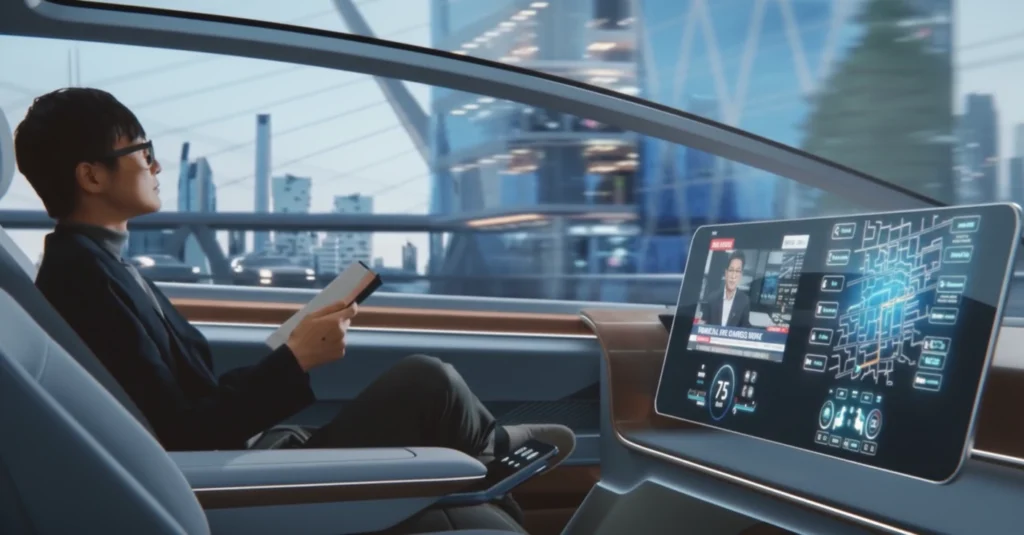
Clean Energy: Powering Real Progress
The future of transportation must move beyond polluting fuels. Electric vehicles are just the start of an energy revolution—green hydrogen, sustainable biofuels, and smart charging systems are shaping the path toward a lower-carbon future.
The shift isn’t only about replacing one type of fuel with another; it’s about reimagining the whole mobility ecosystem. The energy transition calls for new behaviors, upgraded infrastructure, and policies that foster cleaner, more inclusive cities.
Each advance in clean energy is a chance to build cities where mobility and sustainability move forward together.

Innovative Improvements in Transportation
Future transport goes beyond roads. Innovative concepts and prototypes are redefining mobility across the globe.
Self-flying vehicles (UAVs) aim to transport passengers through the air, avoiding traffic and reducing travel time.
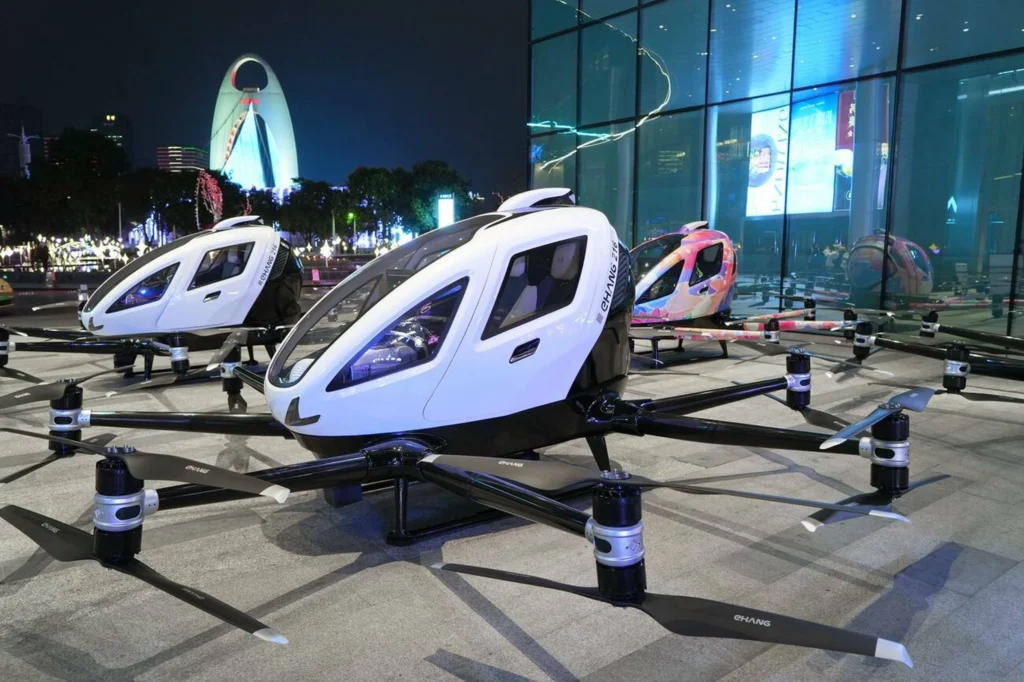
Hoverbikes, or flying motorcycles, are exploring short, low-altitude routes, combining lightness, electric power, and human control.

Self-driving taxis are now running in live pilot programs, coordinating with other vehicles and urban systems to ensure safer, more efficient rides.
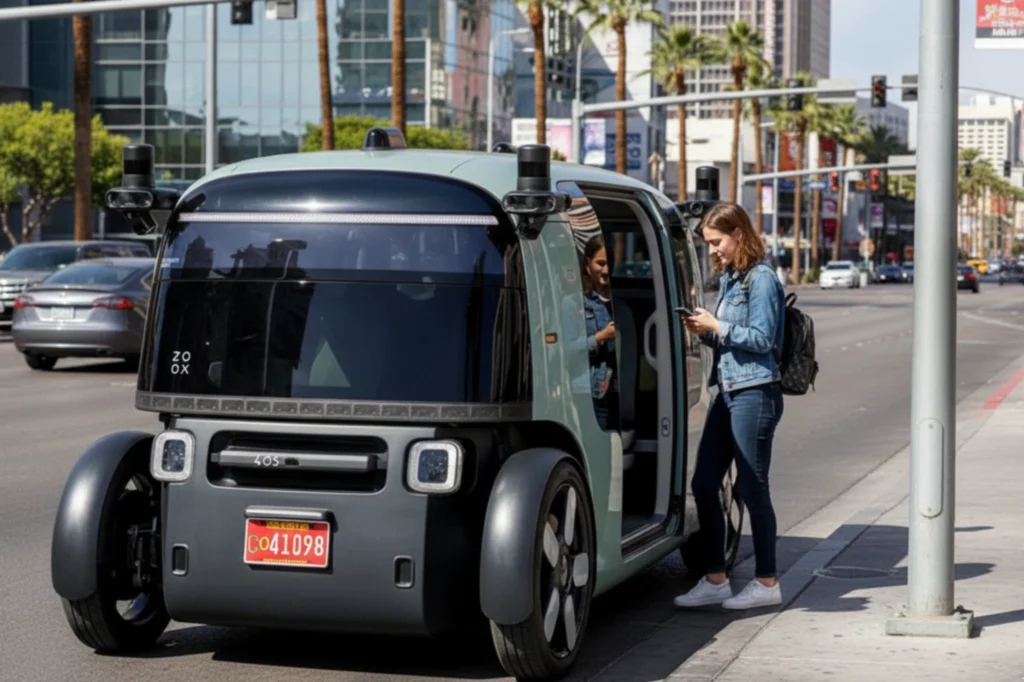
Ambitious concepts such as the Hyperloop aim to link cities at over 559 mph, merging cutting-edge technology, sustainable energy, and seamless connectivity.
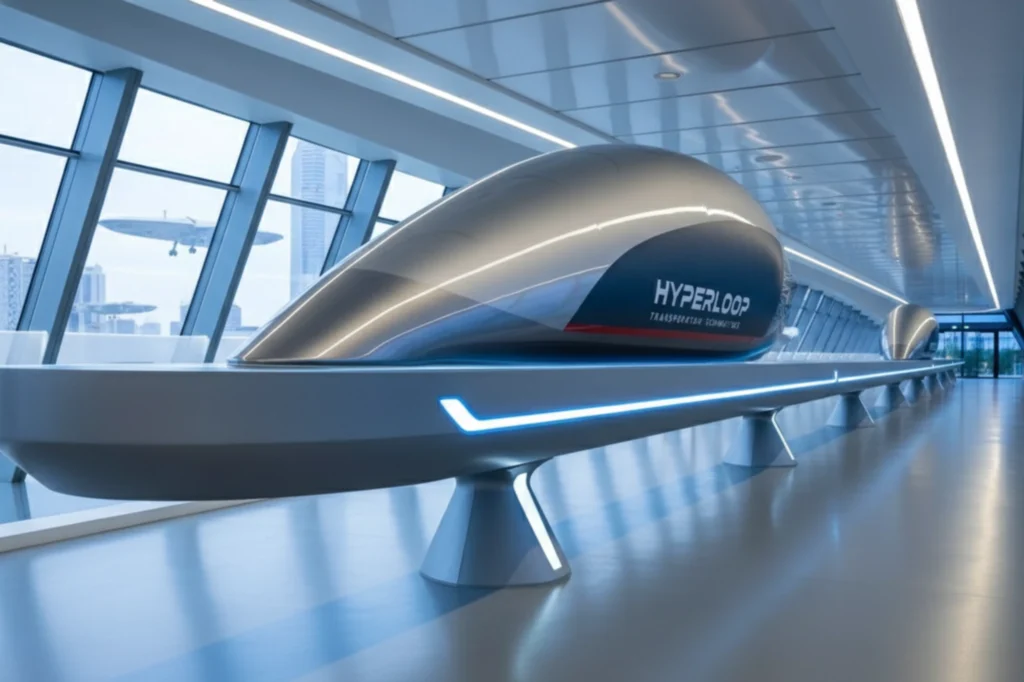
These breakthroughs show that the future of transportation will be an interconnected system, with each mode playing a distinct role in moving people quickly, sustainably, and efficiently.
Human-Focused Urban Mobility
The change isn’t limited to vehicles—it’s redefining how cities are planned and function. Future mobility prioritizes people over cars, with streets built for pedestrians, cyclists, and public transport users.
Smart systems will synchronize traffic signals, sensors, and vehicle flows to cut delays and boost safety. Mobility will evolve from a speed challenge to a reflection of how society values its environment and time.
The future of transportation is guided by one clear concept: move people, not merely cars. Cities that successfully integrate technology, environmental care, and human well-being will lead the way.
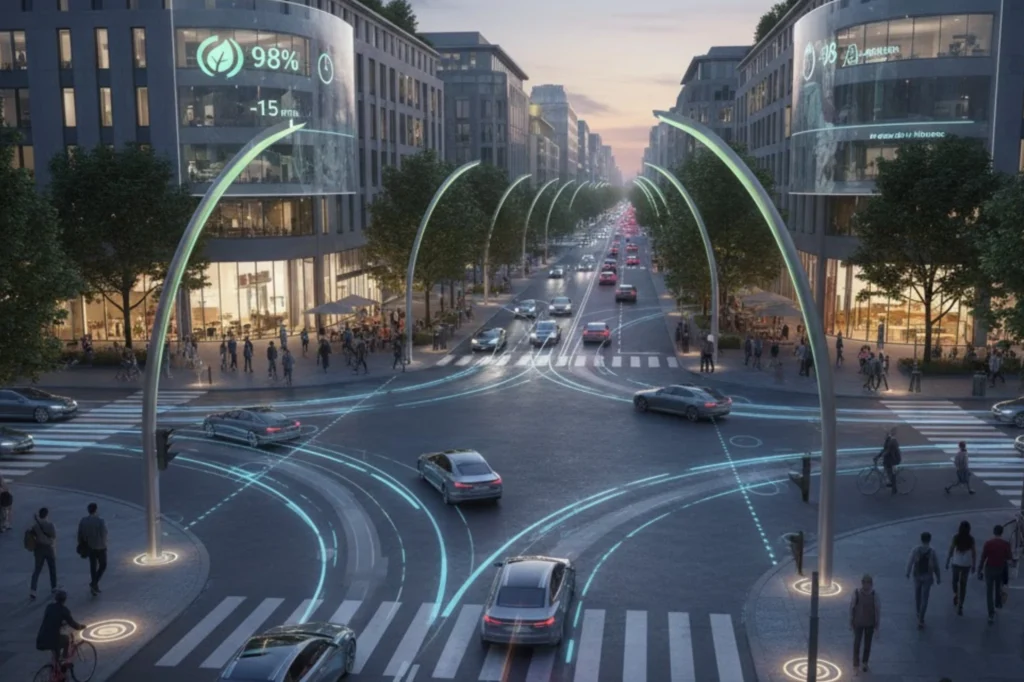
AI and Data at the Service of Mobility
Artificial intelligence will work alongside people, not replace them. Its role in the future of transportation will be to anticipate hazards, optimize journeys, and elevate the travel experience. Across self-flying vehicles and public transit, AI will base decisions on actual patterns of human behavior.
In fleet management, predictive analytics helps reduce accidents, monitor energy consumption, and extend vehicle lifespan. Altogether, these solutions will build a mobility ecosystem that naturally combines safety, efficiency, and sustainability.
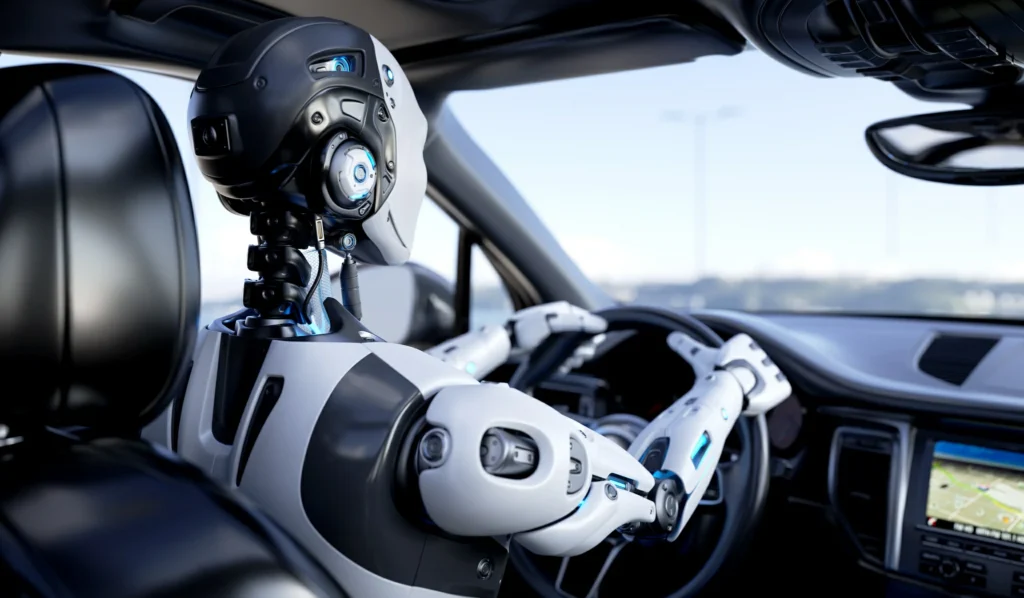
Overcoming the Challenges of Innovation
The transition toward cleaner and more technologically advanced mobility faces significant challenges: charging infrastructure, cybersecurity, transition costs, and equitable access to new technologies. Not all countries evolve at the same pace, and ensuring that progress reaches everyone will be one of the greatest global challenges.
However, each obstacle also creates opportunities for collaboration among governments, companies, and citizens. The mobility of the future is a journey we cannot take alone; it requires a shared vision that connects innovation with empathy.
Transportation Focused on People Over Technology
Future transportation won’t be shaped only by AI or electric power, but by how it enhances human life. Real innovation emerges when technology serves people, not the reverse. The next generation of mobility will be smarter, greener, and more human — built to give back the time, health, and calm that congestion and pollution once took away.
Want to learn more about the evolution of mobility? Explore Robotaxi: The Next Generation of Autonomous Mobility, a look at the driverless vehicles set to transform the way we move in the decades ahead. You can also discover how Mexican signage that saves lives is revolutionizing road safety, showing that the future starts with every choice that makes mobility better today.
